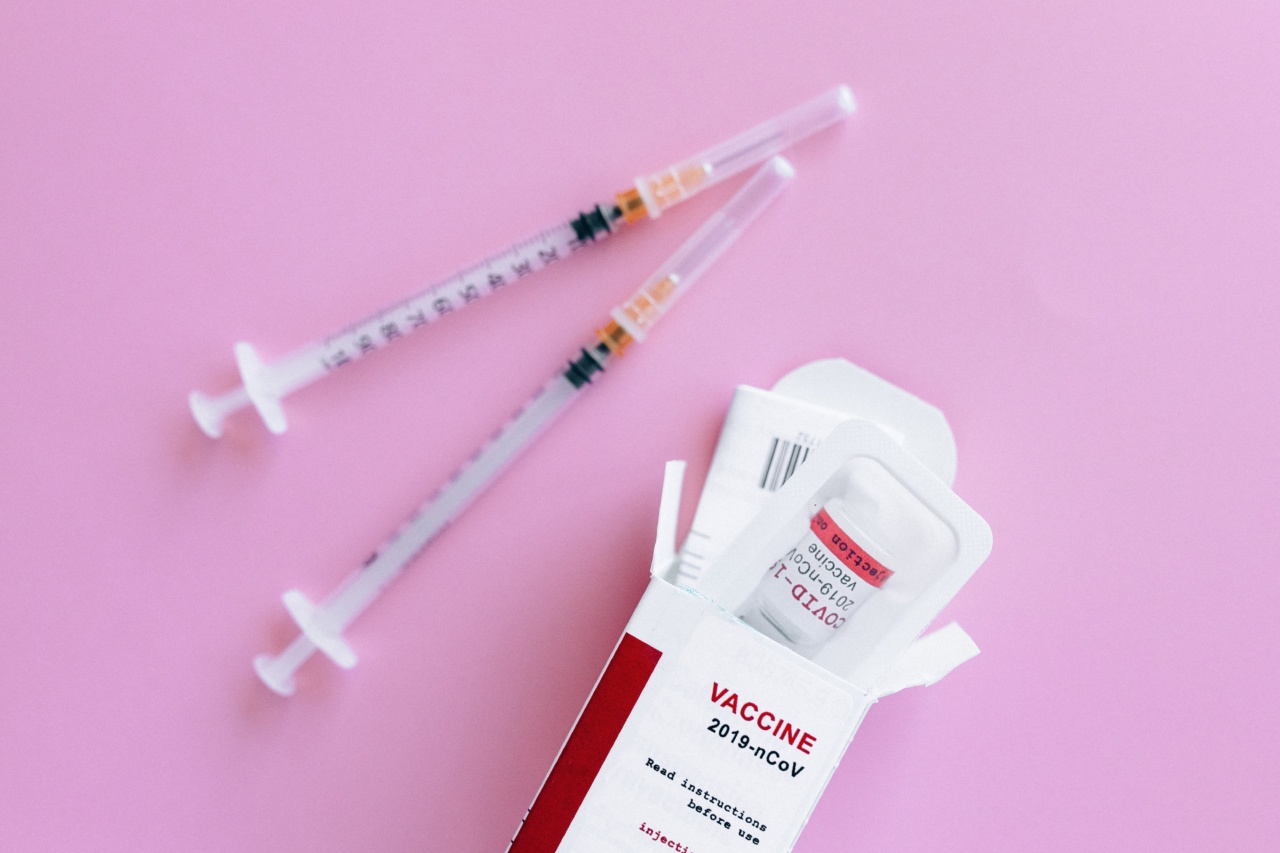High blood pressure, also known as hypertension, affects millions of people worldwide. It is characterized by the force of blood against the walls of the arteries being consistently too high, which can lead to numerous health complications.
Although there are several treatment options available, a new breakthrough in the form of injectable medication is offering hope for more effective management of high blood pressure.
Understanding High Blood Pressure
High blood pressure occurs when the force of blood flowing through the arteries is consistently too high, putting extra strain on the heart and blood vessels.
It is often referred to as the “silent killer” since it typically does not cause any noticeable symptoms and can go undetected for years, leading to serious health issues.
Several factors contribute to the development of high blood pressure, including genetics, lifestyle choices, age, and underlying medical conditions such as diabetes or kidney disease.
Lifestyle modifications, such as a healthy diet, regular exercise, and stress reduction, are often recommended as the first line of defense against the condition.
The Role of Medication in High Blood Pressure Management
While lifestyle changes can be effective in managing high blood pressure, some individuals require medication to keep their blood pressure within a healthy range.
There are various classes of medications available, including diuretics, beta-blockers, ACE inhibitors, calcium channel blockers, and angiotensin II receptor blockers.
These medications work in different ways to lower blood pressure, but they are typically taken orally. However, for some patients, oral medications may not be sufficient in controlling their blood pressure or may cause undesirable side effects.
Injectable Medication: A Game-Changing Solution
A breakthrough treatment option for high blood pressure management has emerged in the form of injectable medication.
This innovative approach involves the administration of medication directly into the bloodstream via injections, bypassing the need for oral ingestion.
Injectable medication offers several advantages in the treatment of high blood pressure. Firstly, it provides a more targeted and rapid delivery of medication, allowing for faster action and potentially better blood pressure control.
Additionally, since the medication is delivered directly into the bloodstream, it avoids potential issues with absorption or metabolism that can limit the effectiveness of oral medications.
Another benefit of injectable medication is the potential for lower dosage requirements.
By delivering the medication directly to the bloodstream, smaller amounts may be needed to achieve the desired therapeutic effect compared to oral medications, thereby reducing the risk of side effects.
The Success of Injectable Medication
Early studies and clinical trials have shown promising results for injectable medication in the management of high blood pressure.
These medications, often formulated as long-acting agents, have demonstrated improved blood pressure control and reduced cardiovascular events in patients who do not respond adequately to oral medications.
One particularly notable injectable medication currently in development is a novel class of drugs known as angiotensin receptor-neprilysin inhibitors (ARNIs).
ARNIs work by simultaneously blocking the action of angiotensin II, a hormone that causes blood vessels to constrict, and inhibiting the breakdown of beneficial compounds that promote blood vessel dilation.
Clinical trials involving ARNIs have shown significant reductions in blood pressure, leading to improved cardiovascular outcomes.
These medications offer a promising alternative for individuals who are unable to achieve adequate blood pressure control with existing oral medications.
Considerations and Challenges
While injectable medication shows great potential, there are several considerations and challenges that need to be addressed.
One significant consideration is the method of administration, as injections must be performed by healthcare professionals or trained individuals. This may limit access for individuals in remote or underserved areas.
Cost can also be a limiting factor, as injectable medications are often more expensive than their oral counterparts. Affordability and insurance coverage will play a crucial role in ensuring widespread access to this new treatment option.
Conclusion
High blood pressure is a prevalent condition with serious health implications.
While lifestyle modifications and oral medications play a vital role in its management, injectable medication offers a new treatment option for individuals who may require more targeted and effective blood pressure control.
Early studies and clinical trials have demonstrated the potential benefits of injectable medication, particularly in patients who do not respond adequately to oral medications.
As research and development continue, it is hoped that this innovative approach will become more widely available, providing patients with a greater chance of achieving optimal blood pressure control and preventing associated cardiovascular complications.





























